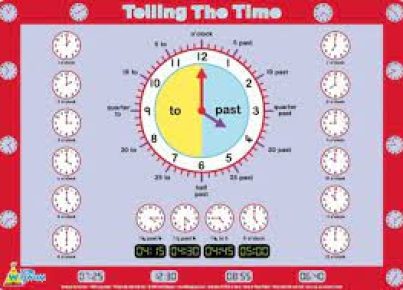1. Introduction and Read Aloud: Begin by reading a book about pumpkin life cycles, such as “From Seed to Pumpkin” by Wendy Pfeffer. Discuss different stages of pumpkin growth and development.
2. Sequence Cards: Provide students with laminated cards depicting various stages of the pumpkin life cycle. Have them arrange the cards in sequential order.
3. Pumpkin Journal: Encourage students to maintain a pumpkin growth journal where they can keep track of their observations and document the life cycle as it progresses.
4. Seed Dissection: Have students dissect a pumpkin seed to see the internal parts that will develop into a plant.
5. Germination Experiment: Place seeds in a plastic baggie filled with a damp paper towel and observe germination over time.
6. Plant Seeds: Guide students through planting pumpkin seeds in small pots or containers, discussing the importance of proper care for plant growth.
7. Indoor Greenhouse: Create an indoor greenhouse to simulate a miniature pumpkin patch, using plastic wrap or clear storage containers. Observe how the plants grow in this controlled environment.
8. Outdoor Planting: If possible, plant seeds outside in a designated garden area to teach students about cultivating pumpkins and caring for their growing plants.
9. Observe Growth: Make regular observations of the growing pumpkins, having students document changes in their journals and taking measurements to record growth.
10. Create Illustrations: Encourage your students to create illustrations or artwork that represents each stage of the pumpkin life cycle.
11. Life Cycle Posters: Display posters illustrating pumpkin life cycles around the classroom for students to reference during activities.
12. Tech Integration: Utilize educational websites, videos, or apps to visualize and learn about what happens during each part of the life cycle process.
13. Vocabulary Practice: Introduce vocabulary related to pumpkins and their growth (e.g., embryo, hypocotyl, vine, etc.) and quiz students to ensure understanding.
14. Sing-Along: Teach students a catchy song that includes the different stages of the pumpkin life cycle. Encourage them to sing along and gesture to reinforce learning.
15. Pumpkin Show-and-Tell: Bring in actual pumpkins at various stages of growth and invite students to touch, examine, and discuss their observations.
16. Field Trip: Visit a local pumpkin patch or farm for students to see the plants in their natural environment and learn from local experts about pumpkin cultivation.
17. Life Cycle Board Game: Create a life cycle-themed board game where each space on the board represents a stage in pumpkin development. Pair students and have them play together to review concepts.
18. Comparing Cycles: Introduce other plant life cycles, comparing and contrasting similarities and differences with the pumpkin life cycle.
19. Role-Playing: Assign students roles representing different stages of the pumpkin life cycle, then conduct a skit where they act out their assigned stage.
20. Celebration: Conclude your unit by hosting a classroom “Pumpkin Party” where you can enjoy pumpkin-related snacks and participate in collaborative activities that reinforce learning about the pumpkin life cycle.





